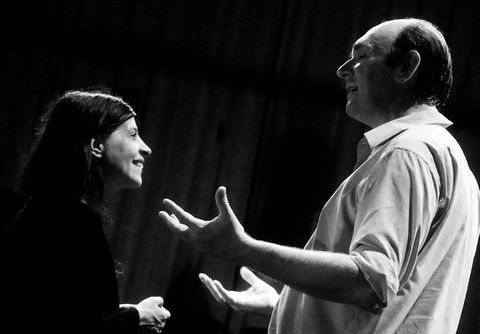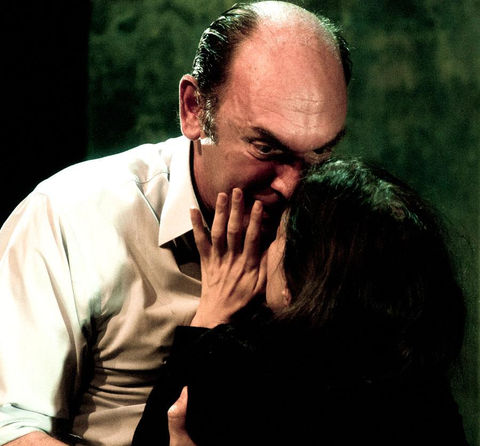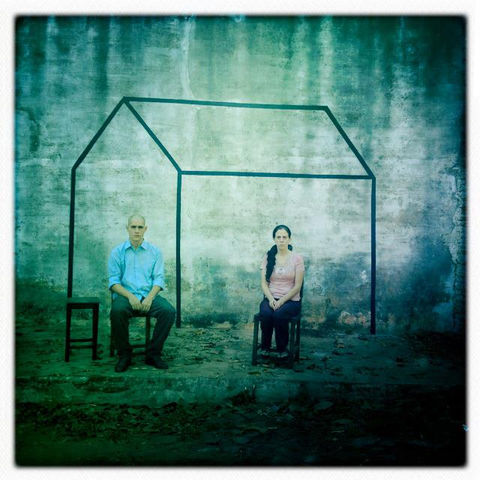Til Death Do Us Part
The play has been performed in English in the UK, USA, Australia and Uganda; also the Spanish version has been performed in Uruguay, Argentina and Paraguay.
Developed through an interactive theatre project I created entitled ‘What Happened Next?’ based on real life experiences of domestic abuse, the play’s social purpose is to explore conflict in relationships. Our aim was to present both sides so that we could understand the many levels on which a relationship works. Unless it’s a real representation and from both partners, participants can’t recognise the triggers, understand the behaviour or invest in trying different strategies.
An innovative production exploring conflict in relationship. The play explores domestic abuse and the different perceptions of those involved, based on actual testimonies and interviews, challenging expectations and judgement throughout. ‘Til death do us part was written from testimonies of those whose experiences are described. While some changes have been made the story follows true-life experiences and attempts to represent the perception of both involved in the tragic events that ensued.
Described by audience members as:
‘fantastic’
‘brave and bold work’
‘an unforgettable experience’,
‘an experience unlike any other I have ever had in a theatre’
‘sensitive, accurate, disturbing and cathartic all at the same time’
‘The most disturbing aspect is that the play is presented in a way that audience allegiance shifts all the time. That’s a shock, you think you will clearly side with the ‘victim’ but it’s really not that simple.’
The two characters Paul and Kerry are made up of elements taken from the lives of survivors and perpetrators. They directly address the audience each telling their side of the story.
In 2012 I began a domestic abuse project using drama. Like all our projects the goal was to explore behaviour and help people come to a better understanding of themselves and their situations. The project led to work in prisons, refuge centres and safe houses, secure children’s homes, universities and colleges. I worked with both survivors and perpetrators and used as a springboard and focus for the workshops.
The feedback we got from both the male perpetrators and the female survivors was insightful. So many of the perpetrators were themselves survivors of domestic abuse and were shocked to see themselves in the role of the aggressor. The women we worked with began to talk to one another in the workshop in a way they had been unable to before, sharing their experiences. The exercises that accompanied the play allowed them to explore their relationships and experiences in ways that allowed for new insight.
Key workers with both the women and men reported in their feedback that behaviour had changed – individuals seemed more at ease with themselves, less aggressive and more willing to engage with others.
The play was performed with talk back sessions for the public in theatres and other community spaces. More than a decade later the play continues to be performed regularly and in multiple countries.
Many support groups have used it in conjunction with their programmes for victims of abuse. Equally workshops have been carried out in prison with perpetrators in conjunction with behavioural programmes. The response in all instances has been extremely positive, with much discussion promoted, engagement from many who would not engage in other exercises and/or groups.
















